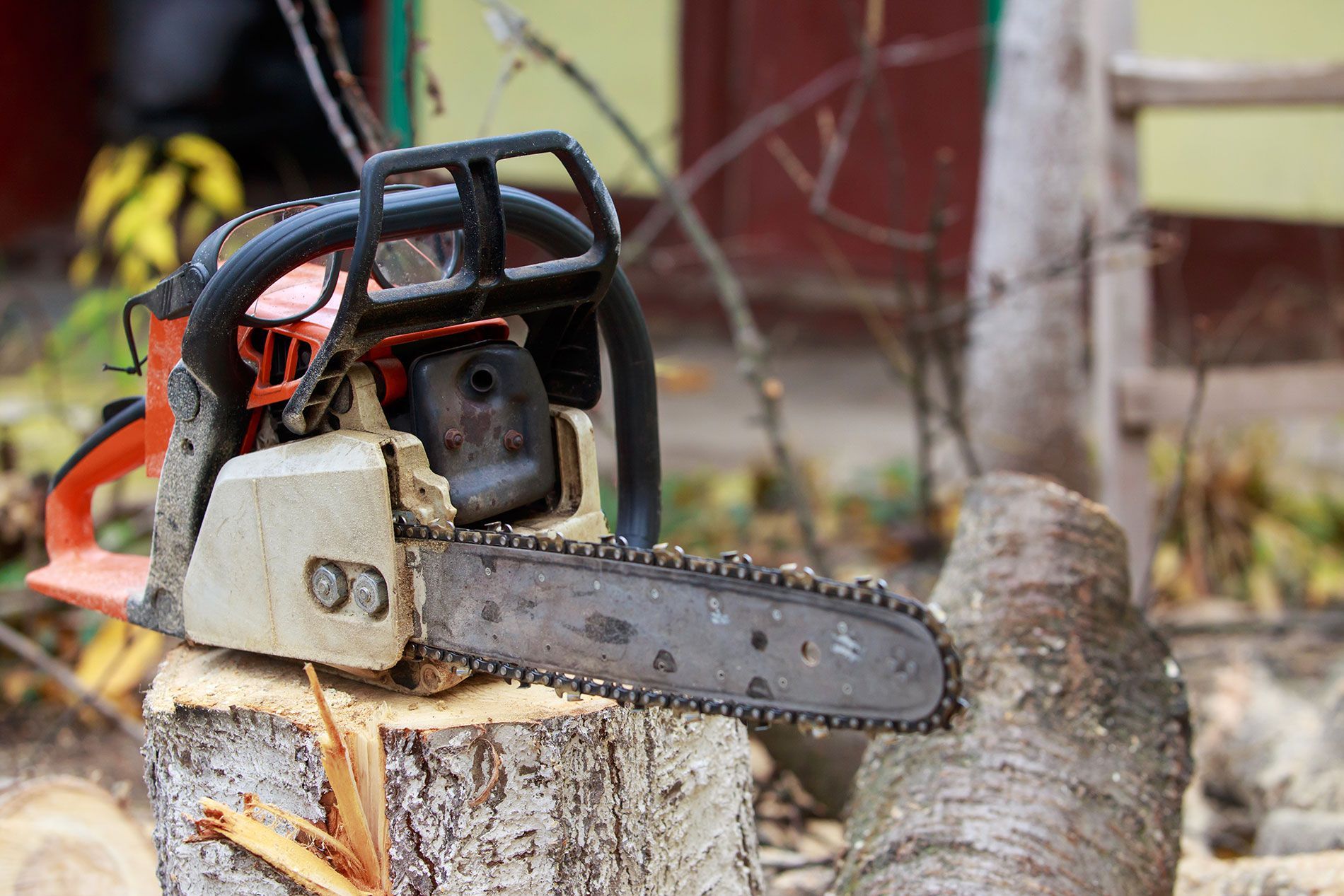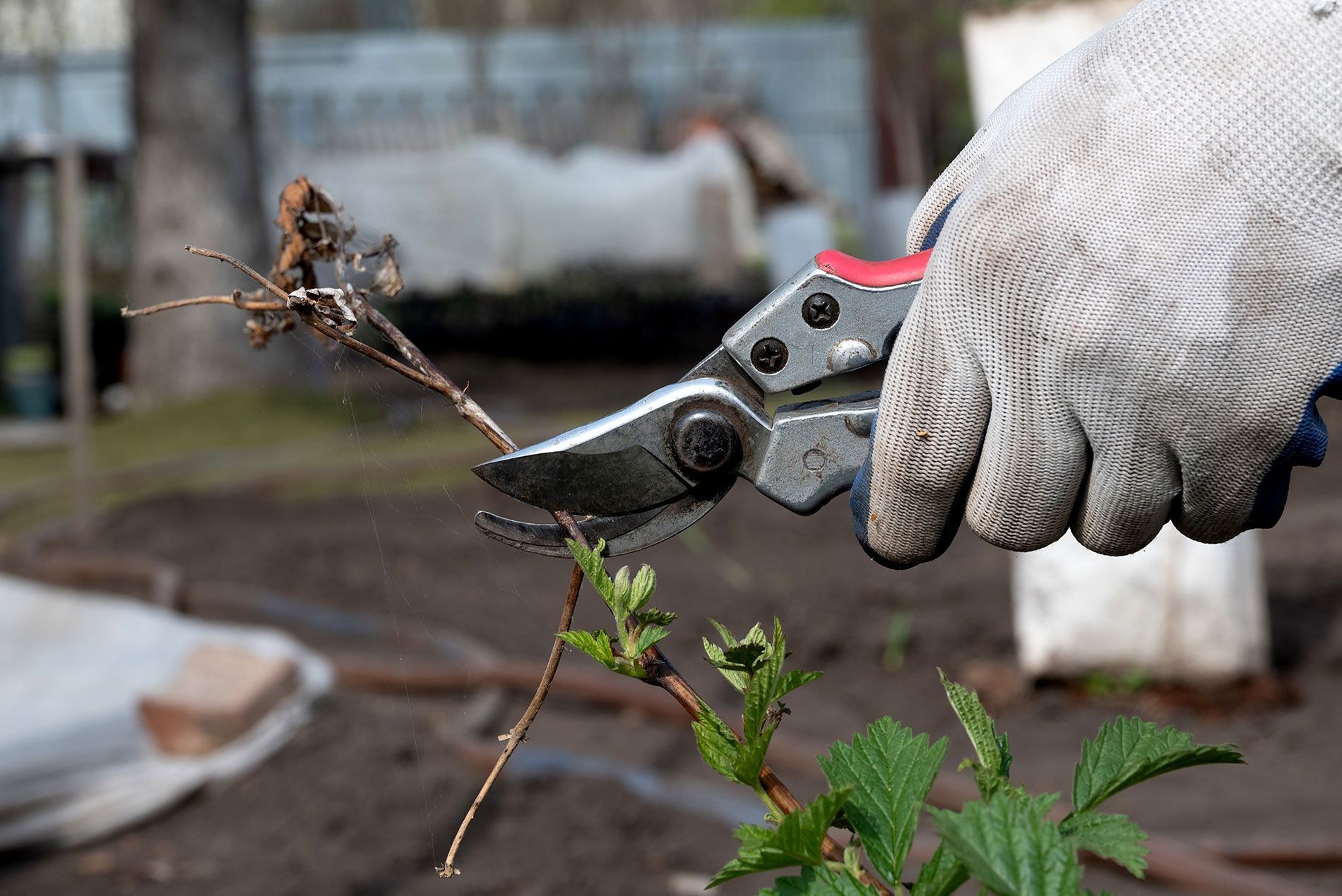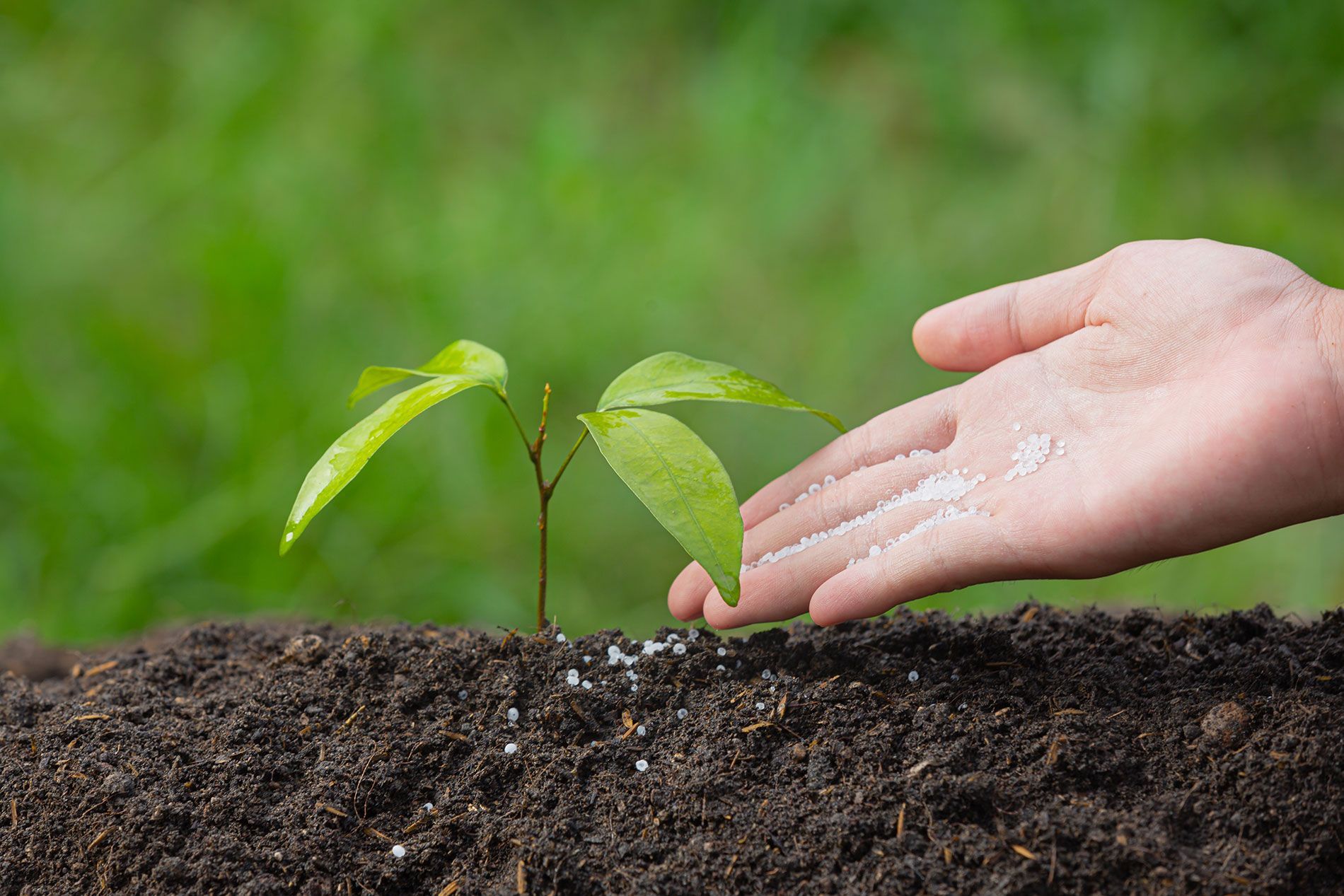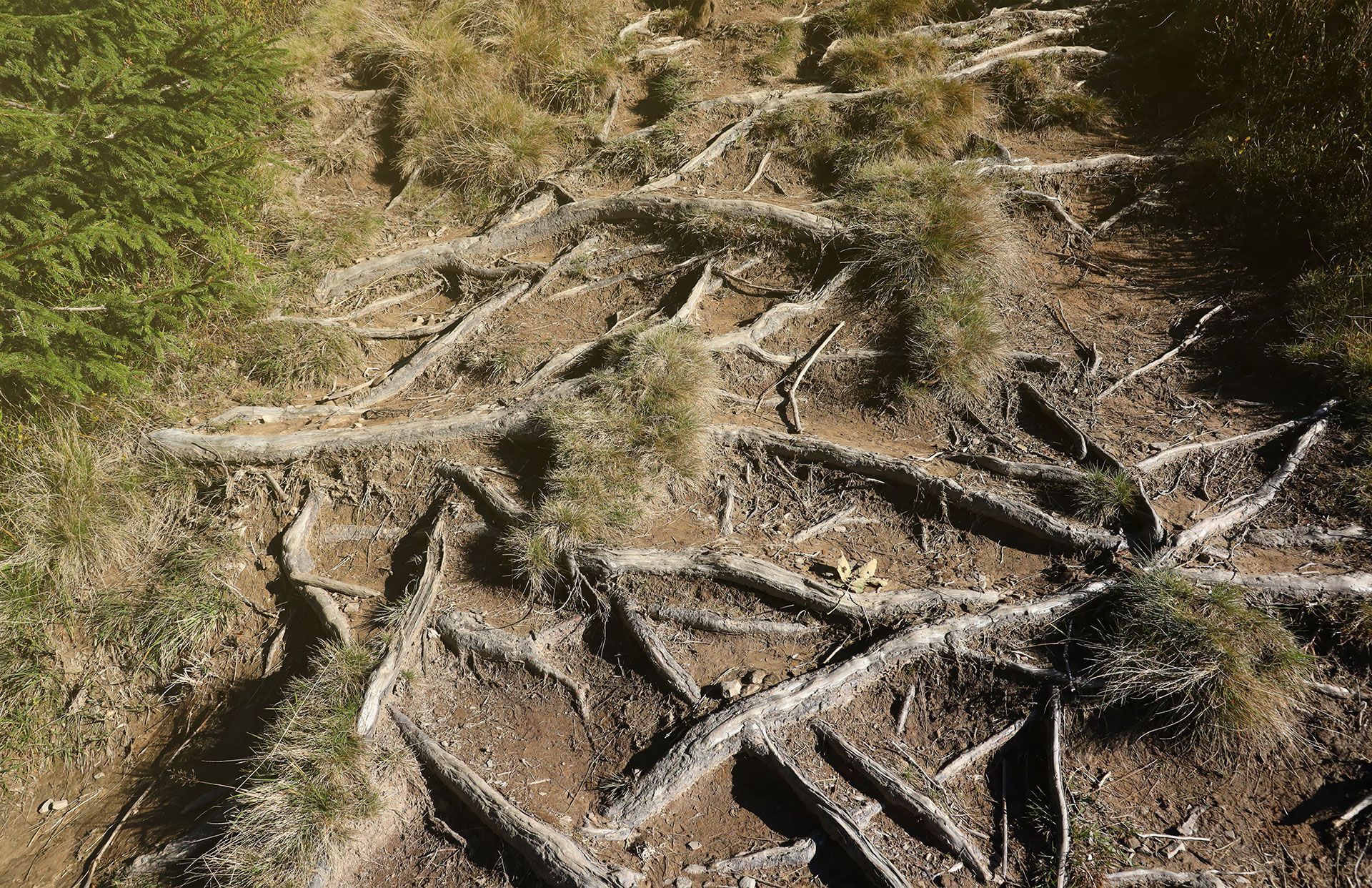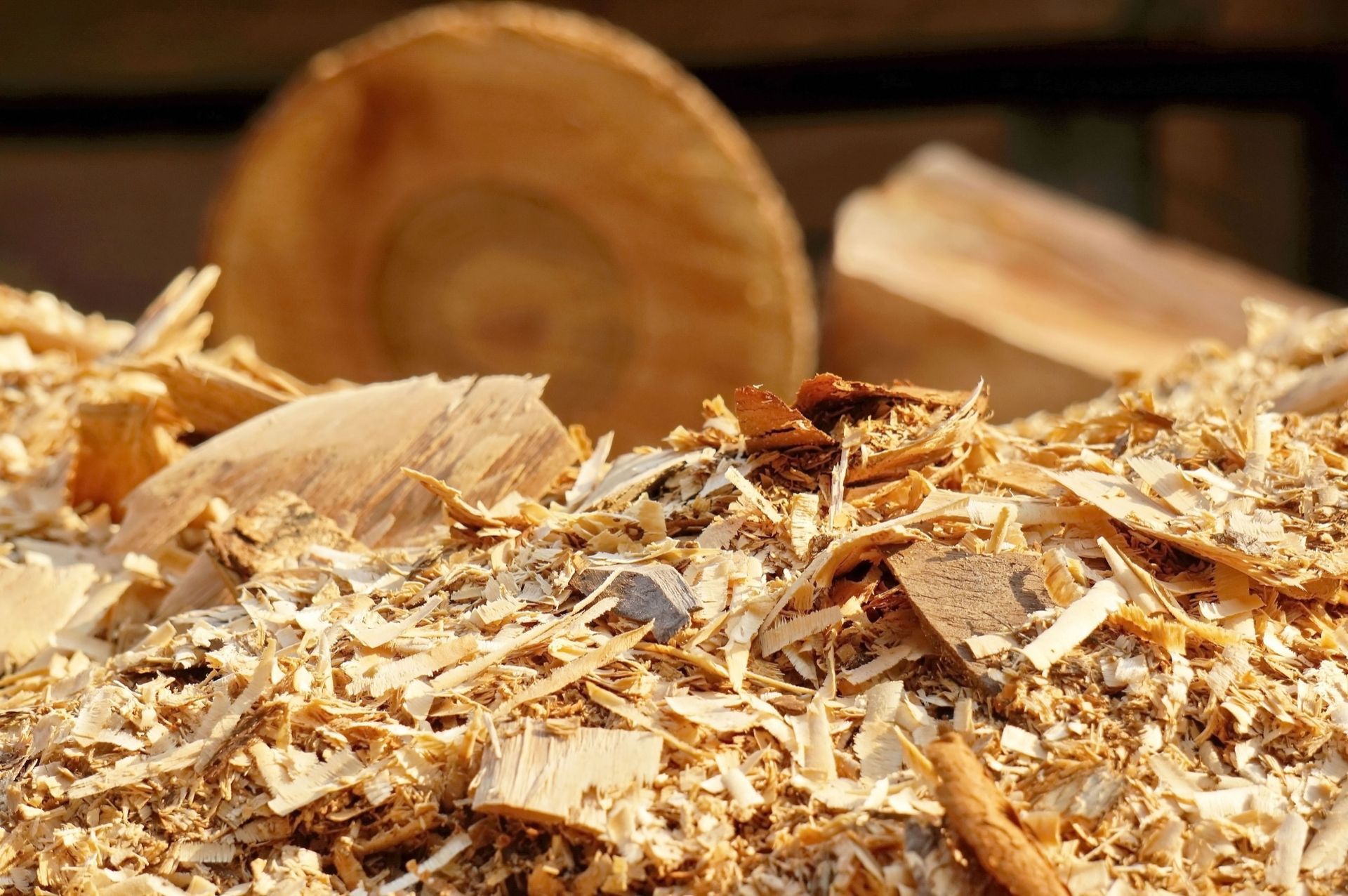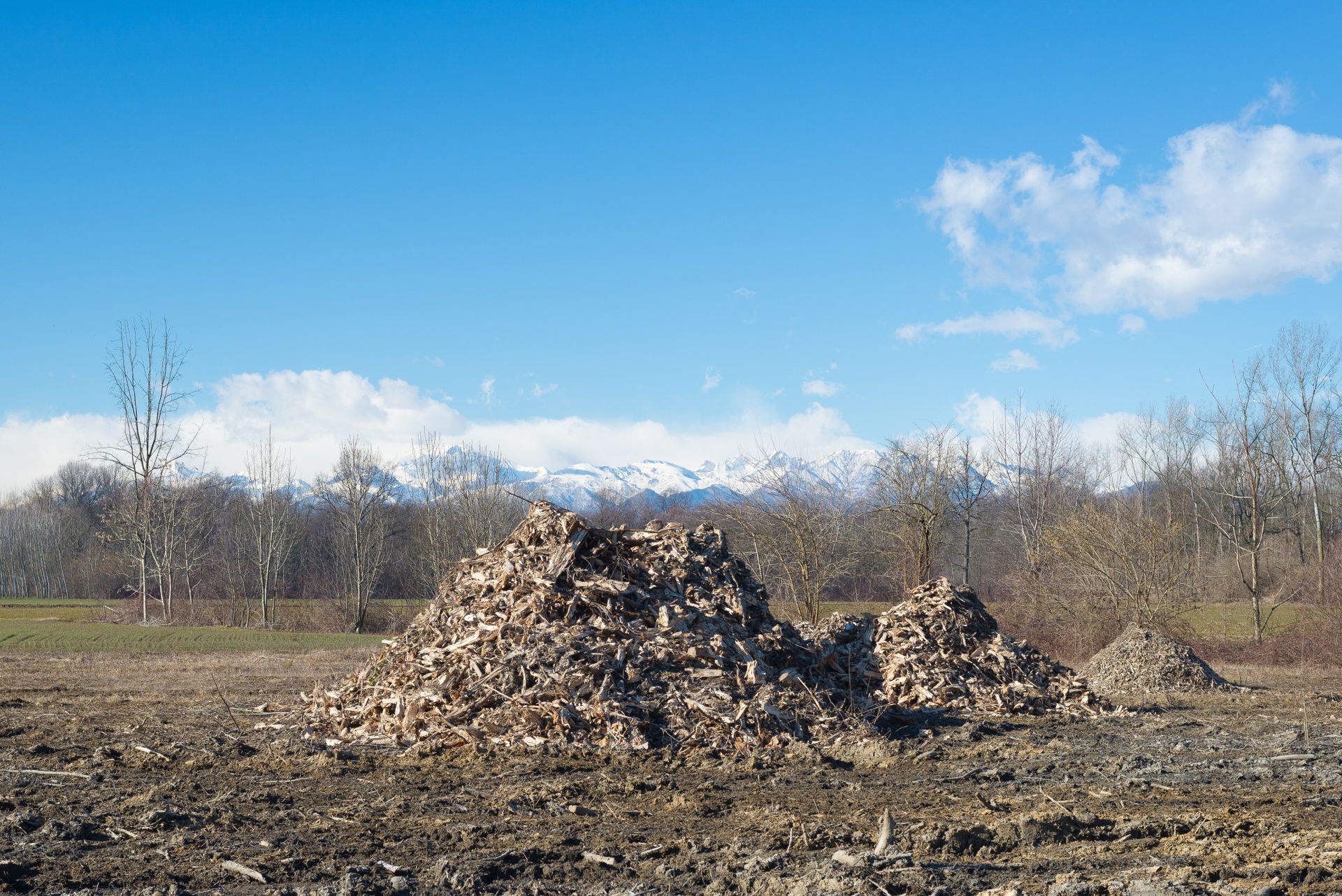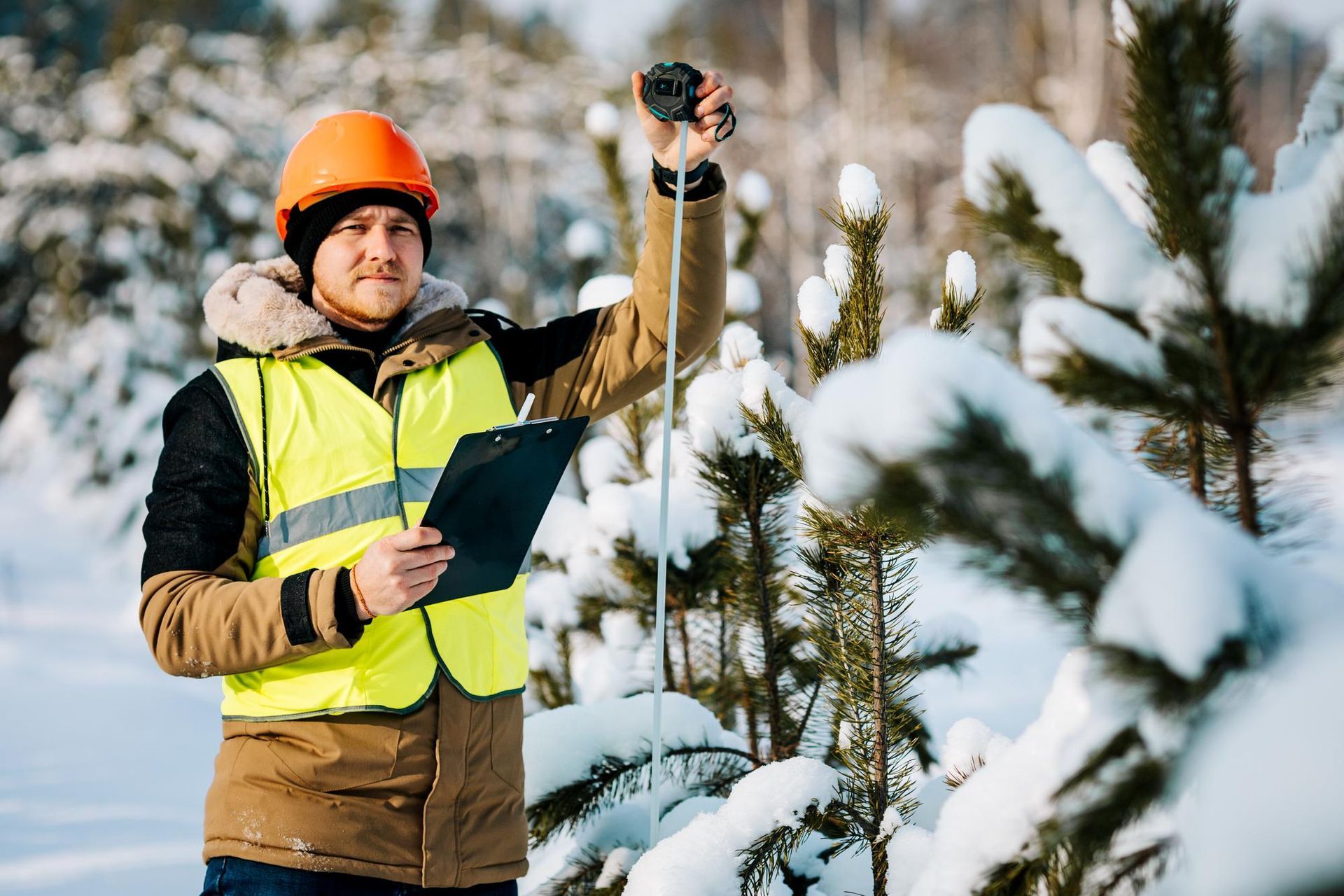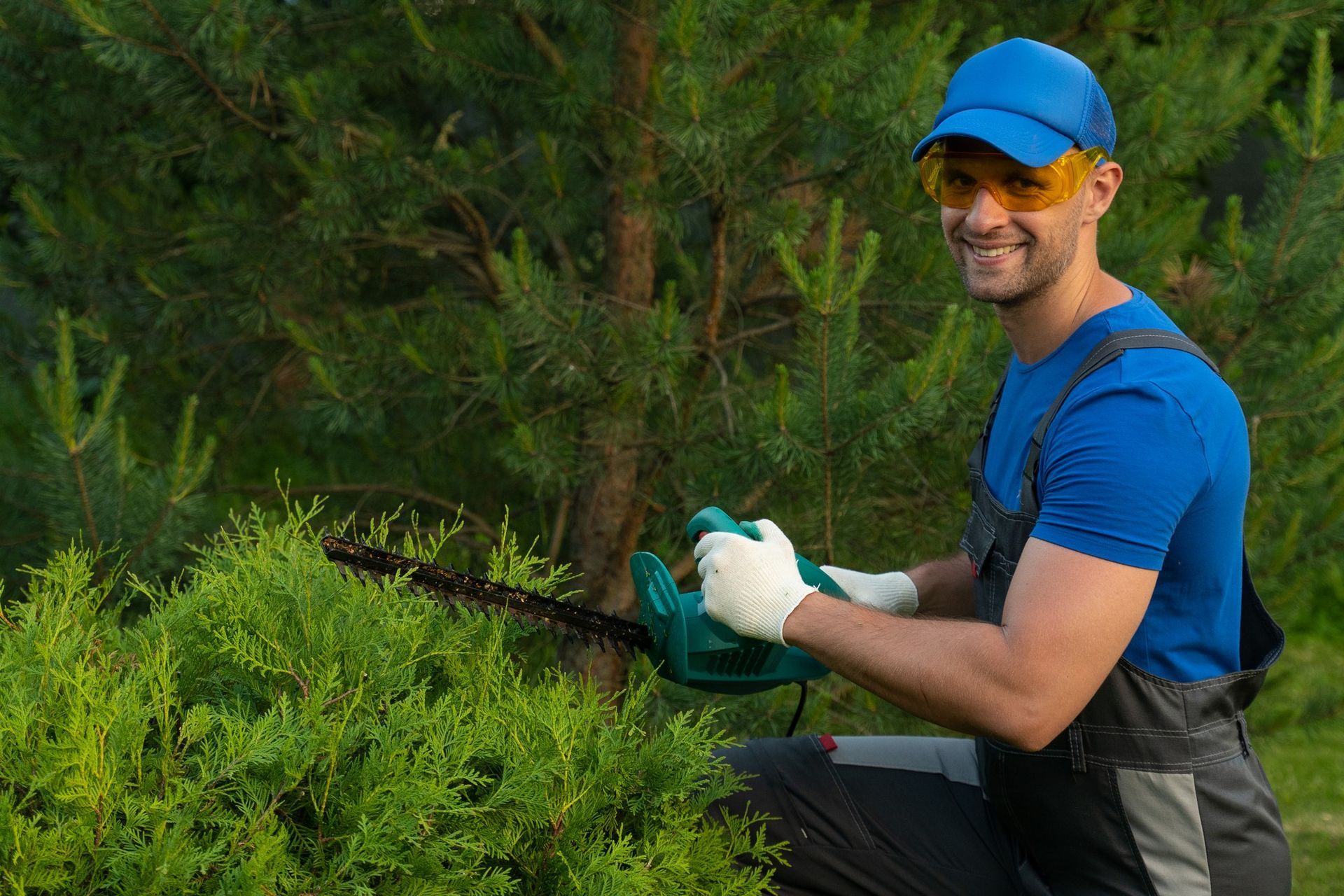Your 2024 Guide to Stump Grinding Services Nearby
When you're looking up "stump grinding near me," you're probably not just seeking a service; you're looking for a way to enhance your property's appearance and safety. In 2024, the relevance of stump grinding has grown significantly, with new technologies and sustainable practices taking the front seat. This guide will walk you through everything you need to know about stump grinding services nearby, from the basics of the process to the latest trends and how to choose the right service for your needs.
Understanding Stump Grinding
Stump grinding is a specialized process to remove tree stumps from your property without uprooting the entire stump and root system. Unlike stump removal, which involves pulling out the stump along with its roots, stump grinding uses a machine to grind the stump down into wood chips. This method is not only cost-effective but also less intrusive to your property. For homeowners, stump grinding is a great way to clear their yard, making it safer and more aesthetically pleasing.
Latest Trends in Stump Grinding for 2024
The stump grinding industry has seen remarkable advancements in 2024, driven by technological innovation and a growing emphasis on environmental responsibility. One of the most notable trends is the use of more sophisticated and powerful grinding machines. These new models are not only more efficient, capable of handling larger stumps with ease, but also feature enhanced safety mechanisms to protect operators and property.
Another significant trend is the move towards eco-friendly practices. Many stump grinding services now focus on sustainable disposal of the wood chips produced during grinding. These chips can be recycled and used for mulching gardens or creating biomass fuel, contributing to a circular economy. Furthermore, newer machines are designed to be more fuel-efficient and produce fewer emissions, aligning with global efforts to combat climate change.
Additionally, there's an increased demand for personalized and comprehensive service packages. Customers in 2024 are looking for services that offer more than just stump grinding, such as landscaping restoration post-grinding or even tree health assessments. This holistic approach not only addresses the immediate need of removing the stump but also caters to the broader health and aesthetics of the property.
How to Choose a Stump Grinding Service
Choosing the right stump grinding service is crucial for ensuring a job well done. The first step is to look for services with a strong reputation and positive customer feedback. In 2024, online reviews and testimonials are invaluable resources for gauging the reliability and quality of a service. Additionally, seeking recommendations from friends or family who have had similar work done can provide trustworthy options.
It's also important to verify the credentials of the service provider. A reputable stump grinding service should be licensed and insured. This not only speaks to their professionalism but also provides you with protection against any potential damages or accidents during the stump grinding process.
When considering a service, don't hesitate to ask about their equipment and techniques. A company using the latest technology and adhering to contemporary best practices is likely to provide a more efficient and safer service. Moreover, inquire about their approach to environmental sustainability, especially if this is a concern for you.
Lastly, consider the cost and ensure it aligns with the quality of service offered. While it might be tempting to choose the cheapest option, it’s important to balance cost with the expertise and services provided. Obtain detailed quotes from several providers, and make sure you understand what is included in the price. Some companies might offer additional services like debris cleanup or lawn restoration post-grinding, which can add significant value.
Cost Considerations in 2024
When it comes to the cost of stump grinding in 2024, several factors play a crucial role. Firstly, the size of the stump is a primary determinant of price. Larger stumps require more time and resources to grind down, thus increasing the cost. The type of tree also matters; hardwood stumps, for example, are tougher to grind than softwood and can be more expensive.
Accessibility is another key consideration. Stumps that are hard to reach with machinery, perhaps because of their location in a backyard or proximity to structures, can increase the complexity and cost of the job. Furthermore, the number of stumps to be ground will also affect the overall price, with some services offering discounts for multiple stumps.
In 2024, the average cost of stump grinding has seen some fluctuation due to the rising costs of equipment and fuel. However, many companies are adopting more efficient technologies that help to keep prices stable. It’s always advisable to get detailed quotes from multiple services, which should include all potential fees, to avoid any unexpected charges.
Safety Measures and Best Practices
Safety in stump grinding cannot be overstated, both for the operators and the property owners. Professional stump grinding services in 2024 adhere to stringent safety protocols. This includes the use of protective gear such as helmets, goggles, and ear protection to shield operators from flying debris and loud noise.
Property owners also have a role to play in ensuring safety. Clearing the area around the stump of any objects or debris can prevent accidents and allows for smoother operation. It’s also crucial to keep children and pets at a safe distance during the grinding process.
Best practices in stump grinding extend to the care and maintenance of equipment. Regular checks and maintenance of the grinding machinery are essential to prevent malfunctions or accidents. Moreover, operators are trained to assess the situation before starting the job, checking for underground utilities like gas lines or cables, which are potential hazards.
Additionally, post-grinding cleanup is an important aspect of the process. Professional services will ensure that the area is cleared of wood chips and debris, leaving your property clean and safe. Some services might offer to fill the hole left by the stump with soil or grindings, a practice that has become more common in 2024.
DIY vs. Professional Stump Grinding
When it comes to removing stumps from your property, you might consider whether to do it yourself (DIY) or hire a professional service. In 2024, DIY stump grinding has become more accessible with rental equipment available in many hardware stores. However, this option is best suited for those who have experience with heavy machinery and a clear understanding of the safety risks involved. The equipment used for stump grinding is powerful and can be dangerous if not handled properly. Furthermore, DIY stump grinding can be time-consuming and physically demanding, especially for larger or more resilient stumps.
Professional stump grinding, on the other hand, offers numerous advantages. Experts in the field come with years of experience, advanced equipment, and a thorough understanding of different tree types and root systems. They can efficiently handle stumps of all sizes and complexities. Hiring professionals also means you're covered in terms of safety and insurance. In case of any accidents or property damage, professional services are insured to handle such incidents, providing peace of mind for homeowners.
In 2024,
professional stump grinding services will become more sophisticated. Many companies now offer comprehensive packages that include not just stump grinding, but also
cleanup and landscaping services to restore the area post-grinding. This holistic approach saves time and effort for homeowners and ensures a complete solution to their stump problems.
Local Stump Grinding Services in 2024
Finding local stump grinding services in 2024 has become easier and more customer-friendly. Many companies now have online platforms where you can request quotes, read customer reviews, and view before-and-after pictures of their work. This transparency helps in making an informed decision when choosing a service provider.
When looking for local
stump grinding services, it’s important to consider their reputation and proximity. Local services are preferable as they are more likely to understand the specific environmental and legal considerations of your area. They can often provide quicker services and might offer competitive pricing due to lower travel costs.
Moreover, many
local stump grinding services in 2024 have embraced eco-friendly practices. They offer sustainable options for the disposal of stump remnants and adhere to environmentally conscious operating procedures. This can be a key deciding factor for environmentally aware homeowners.
It's also worth considering the after-service support local companies provide. Many reputable services offer follow-up care advice or check-ins to ensure your satisfaction and to address any subsequent issues that might arise, like sinkholes where the stump was or regrowth from remaining roots.
Conclusion
Choosing the right stump grinding service can significantly impact the safety and appearance of your property. By understanding the basics, staying informed about the latest trends, and knowing what to look for in a service provider, you can make an informed decision that meets your needs. In Columbia Falls, MT, we at Big Mountain Tree Service pride ourselves on being a leading provider of stump grinding services. With our experienced team, state-of-the-art equipment, and commitment to customer satisfaction, we ensure that your stump grinding needs are handled efficiently and safely. Remember, the right stump grinding service is just a search away, and if you're in our area, you can easily reach us at 406-261-2042 for top-notch service and expertise. Let us help you transform your property with our professional stump grinding services.
